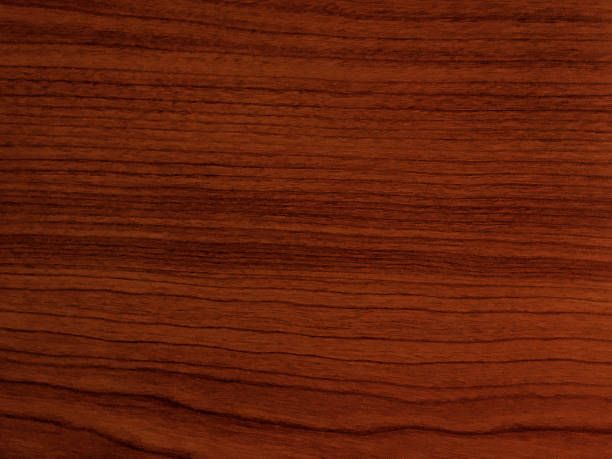
Mahogany - Wooden Staircases
Mahogany is a popular choice for wooden staircases in Ireland for a variety of reasons. One of the main reasons is its strength and durability. Mahogany is a hardwood, which means it is strong and resistant to wear and tear, making it well-suited for use in a structure that will be subjected to heavy foot traffic. It is also resistant to splitting and breaking and can hold up well to changes in humidity and temperature, which can cause other types of wood to warp or shrink.
In addition to its strength and durability, mahogany is also a popular choice for its aesthetic appeal. The wood has a rich, reddish-brown color and a fine, even grain pattern, which gives it a smooth, refined appearance. It can be stained or finished in a variety of ways to suit the desired look of the staircase, and its natural beauty can add a touch of elegance to any home.